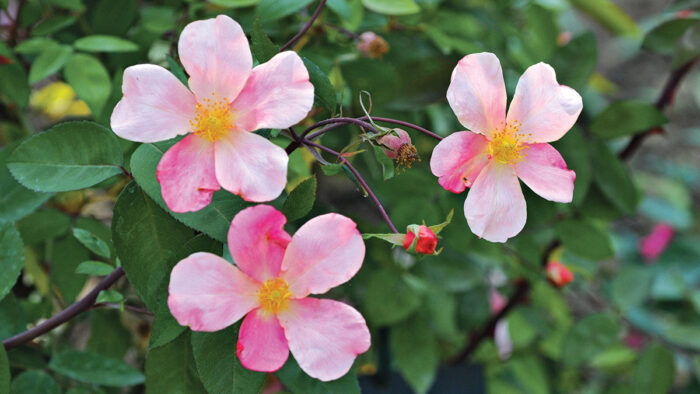
As garden centers start to open their doors for the season (and we get ready to run into them with open arms), we decided to ask some regional experts what plants are on the top of their shopping lists this year. These wish list plants are undoubtably beautiful, but many are also hardy, resistant to diseases and pests, long bloomers or more compact than other varieties. In other words, before you check out these four must-have plants for the Northeast, you’ll want to find some more space in your garden.
1. Dreaming Swan™ Anemone
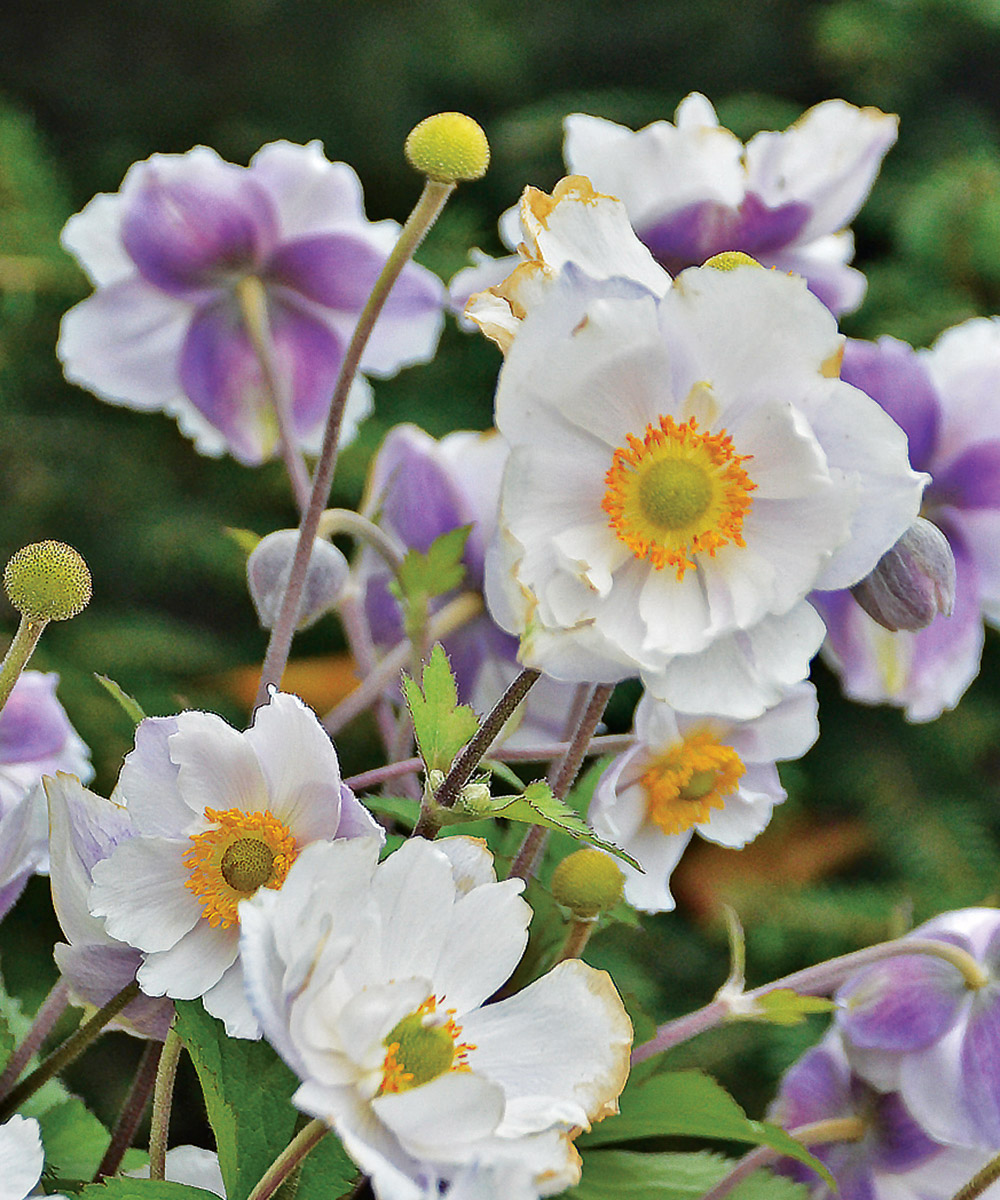
Name: Anemone ‘Macane004’
Zones: 6–9
Size: 24 to 30 inches tall and 24 inches wide
Conditions: Full sun to partial shade; moist soil
Native range: Hybrid
Pinch me if every picture of Dreaming Swan™ hasn’t been doctored to bring out its best side, which, oddly, seems to be its back side. The flower’s front is pretty enough: An excess of ruffled pink-tinged white petals surround a chartreuse center with a boss of bright yellow anthers for the pollinators. But it’s the dusky blue watercolor wash on the outermost petals’ reverse that I have to see to believe. Pinch me again if Dreaming Swan™ lives up to the promise of blooming from June into October. Some growers warn of a slowdown during the hottest part of the summer, which I’m willing to forgive. As far as I can tell, this plant’s only downside is the tendency to form a tidy clump rather than spread from the roots. Others might consider that a virtue, but I dream of a whole flock swanning around my garden.
2. ‘Chocolate Tip’ Burnet
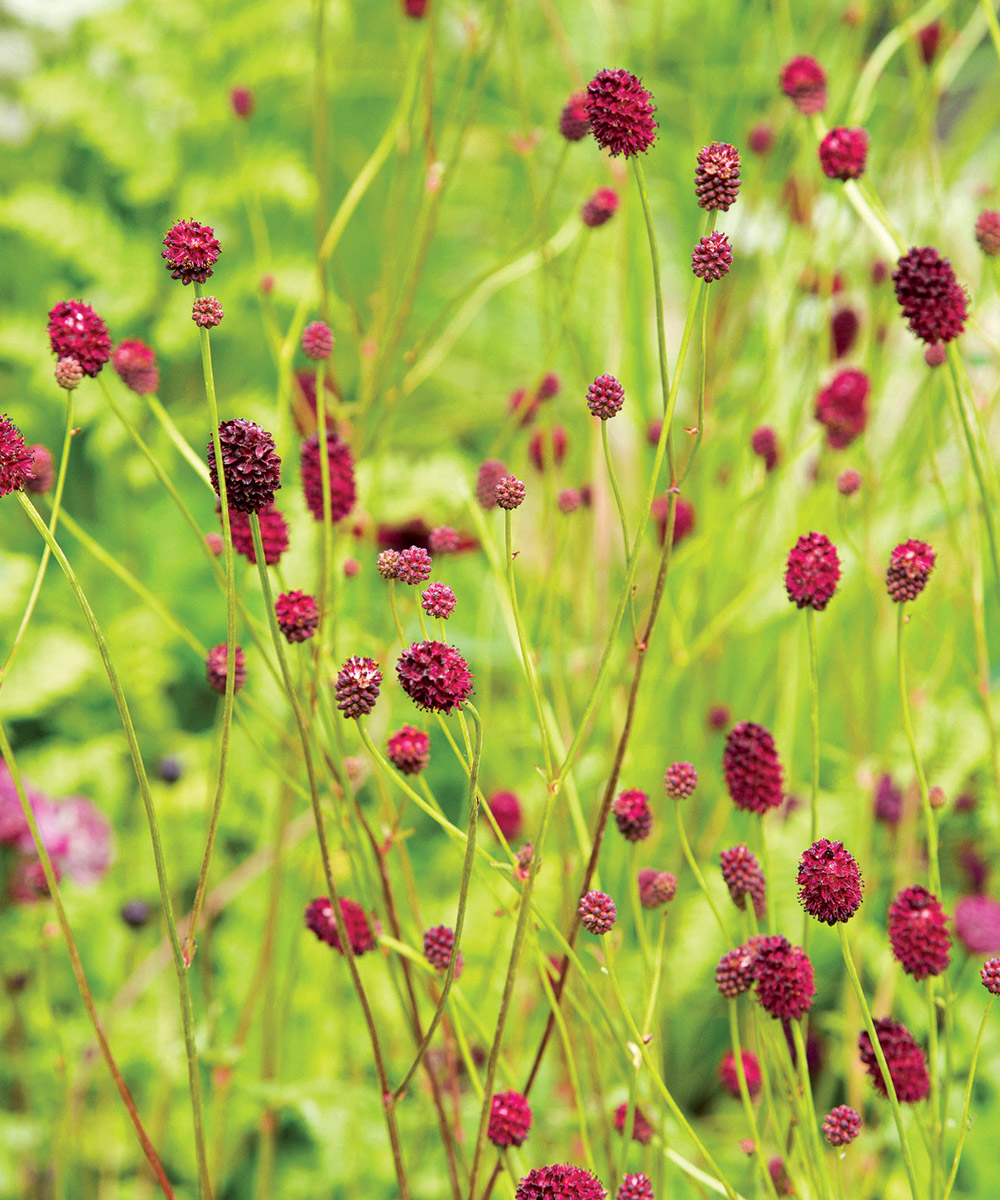
Name: Sanguisorba officinalis ‘Chocolate Tip’
Zones: 4–8
Size: 24 to 30 inches tall and 16 inches wide
Conditions: Full sun; moist soil
Native range: Asia, Europe, and western North America
I would be inclined to grow burnet solely for the textural contrast of its serrated blue-green, almost fernlike, basal foliage. But come midsummer it sends up naked branched stems adorned with tight toggles of deep maroon flowers and draws in scores of butterflies. I am already smitten by the genus, but the burnets I grow are much taller than this cultivar and have weak ankles, requiring strategic staking or positioning next to shrub crutches. I’m excited for ‘Chocolate Tip’ to mingle midborder and not require propping up like its relatives. If this one is anything like its cousins, deadheading is optional. The flowers will fade to dusty rose seed heads. The buds, flowers, seed heads, and foliage are uncommon and interesting fillers for floral arrangements.
3. Butterfly Rose
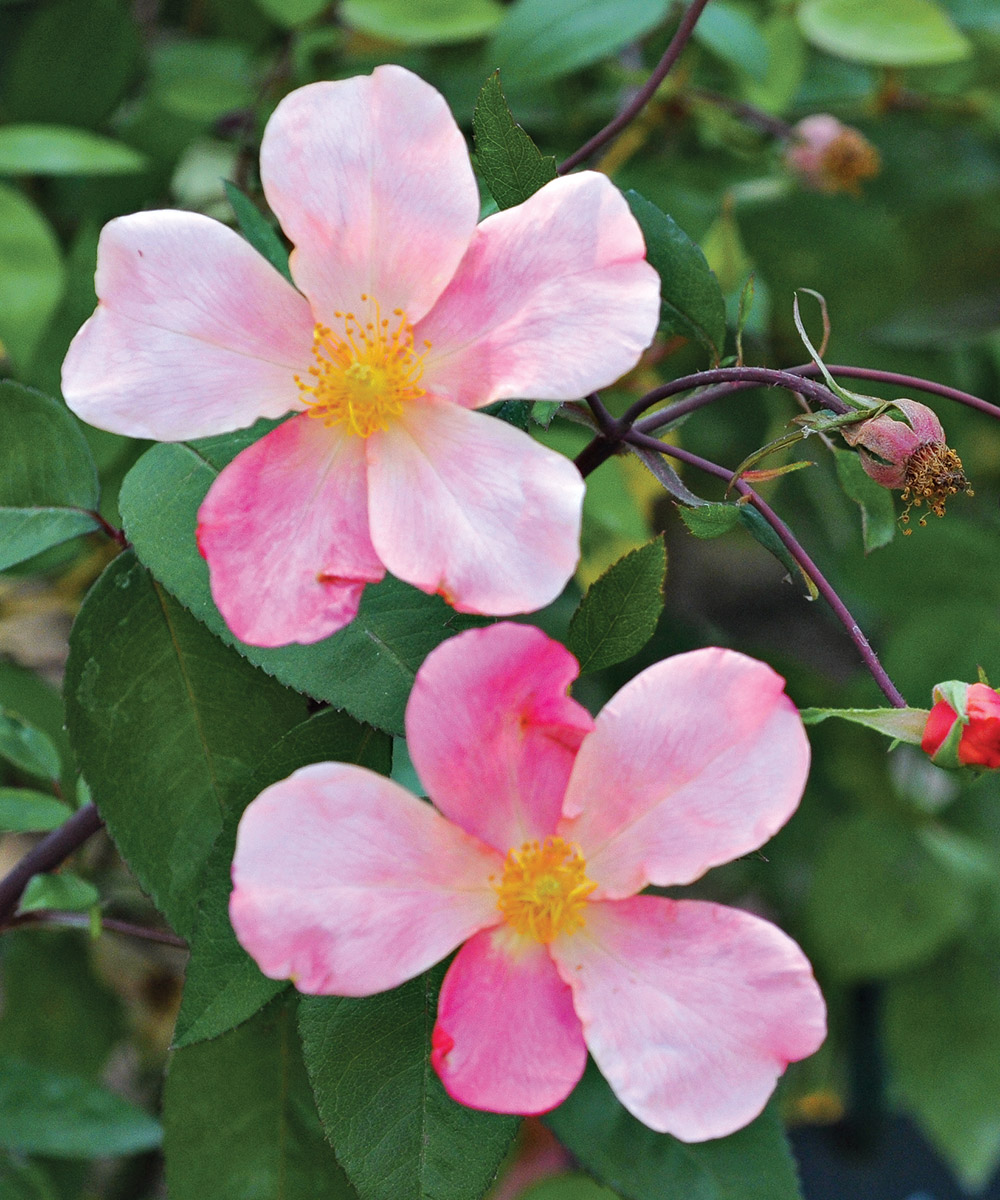
Name: Rosa × odorata ‘Mutabilis’
Zones: 6–9
Size: 3 to 6 feet tall and 2 to 5 feet wide
Conditions: Full sun; average to moist soil
Native range: Hybrid
Full disclosure: I have already killed this plant once— accidentally, of course—by failing to protect it from winter’s worst. But I don’t plan on making the same mistake twice. I want a do-over, because this shrub’s multicolored display is to die for. Orange candle-flame buds open to loose five-petaled peach flowers that “fade” to bright pink while, on and on through summer, more buds form, open, and fade. Its deep green foliage is unbothered by blackspot—though it’s possible any sign of disease was well hidden behind its plant companions in my garden. Where this plant is marginally hardy, bury the bud union at planting, hill up for winter, and resist the urge to prune in spring until winter is gone for good.
4. ‘Kintzley’s Ghost’ Honeysuckle
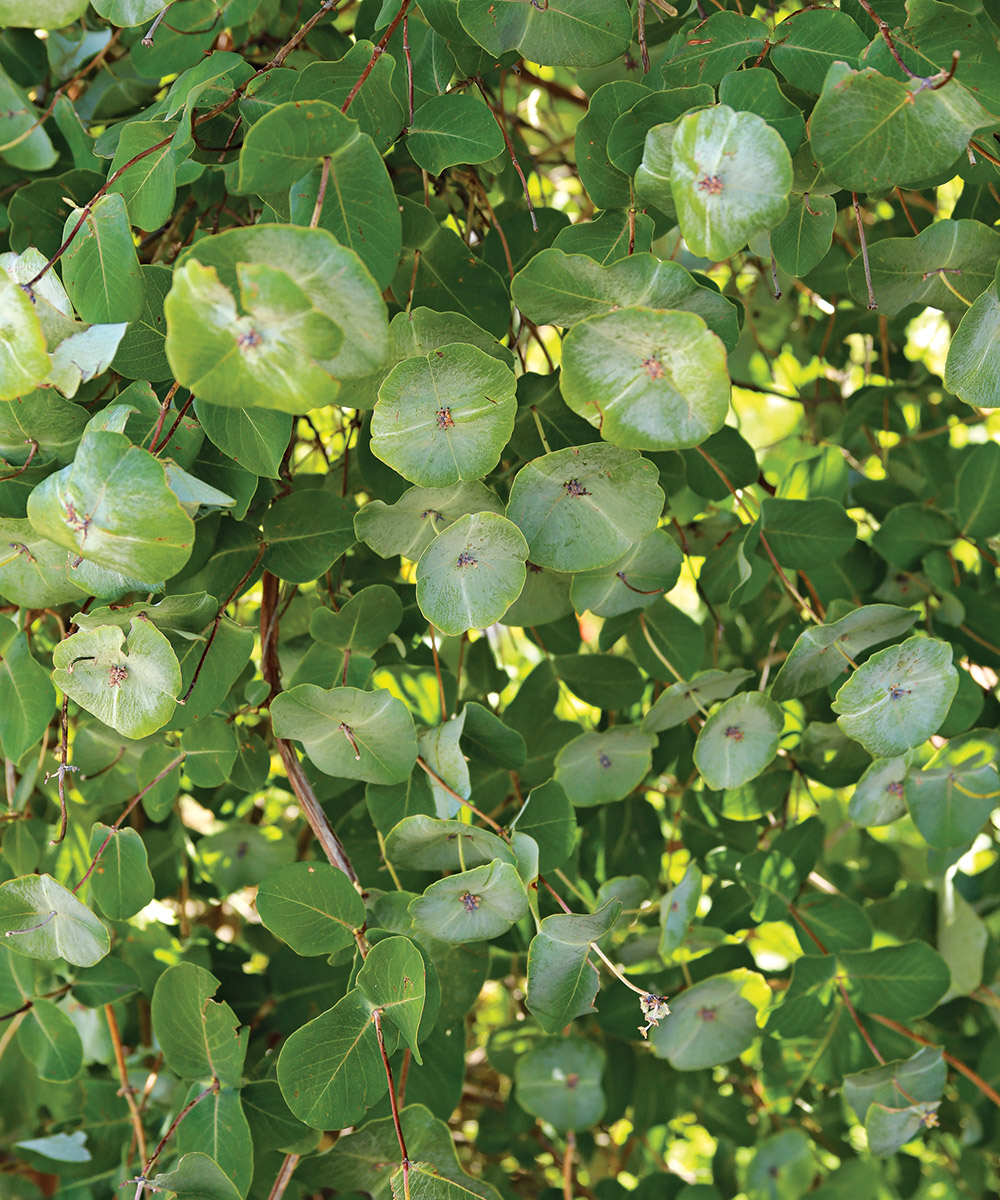
Name: Lonicera reticulata ‘Kintzley’s Ghost’
Zones: 4–8
Size: 8 to 12 feet tall and 3 to 5 feet wide
Conditions: Full sun to partial shade; average/moderately moist, well-drained soil
Native range: Midwestern to eastern United States
I’m not sure why I don’t have this honeysuckle yet. Every time I come across one winding up a trellis or draped over a fence, its blend of understated elegance and disco makes my heart race and fingers twitch. A restrained tangle of twining S-curved stems is circled by silvery-blue bracts so round they’re like sequins; these are beaded with pale gold flower clusters in early summer, and ruby berries later. Hummingbirds and butterflies don’t seem to mind that the flowers aren’t fragrant, and neither do I. ‘Kintzley’s Ghost’ was once the ultimate pass-along rarity, beginning its history as a rare chance mutation of a Midwest native. Thankfully, it is now more widely available.
Kristin Green is the author of Plantiful: Start Small, Grow Big With 150 Plants That Spread, Self-Sow, and Overwinter. She gardens in Bristol, Rhode Island.
Fine Gardening Recommended Products
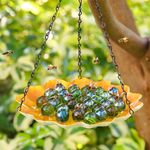
Bee Watering Station with Vivid Flower Design
Fine Gardening receives a commission for items purchased through links on this site, including Amazon Associates and other affiliate advertising programs.
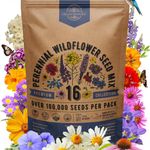
Organo Republic 16 Perennial Wildflower Seeds Mix for Indoor & Outdoors
Fine Gardening receives a commission for items purchased through links on this site, including Amazon Associates and other affiliate advertising programs.
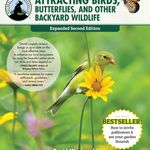
National Wildlife Federation®: Attracting Birds, Butterflies, and Other Backyard Wildlife, Expanded Second Edition (Creative Homeowner) 17 Projects & Step-by-Step Instructions to Give Back to Nature
Fine Gardening receives a commission for items purchased through links on this site, including Amazon Associates and other affiliate advertising programs.



















Comments
Log in or create an account to post a comment.
Sign up Log in